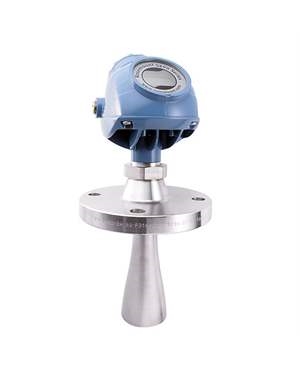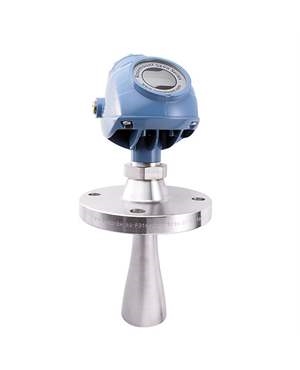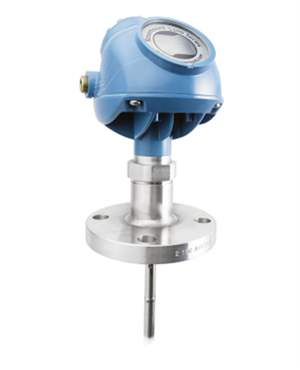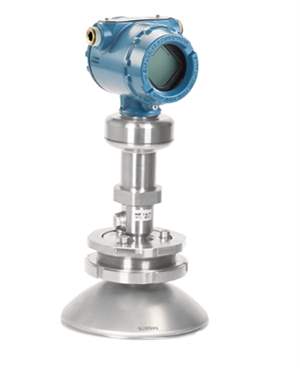- Electronic Transmitters
- Low Pressure Transmitter
- Pneumatic Transmitters
- Pressure Transmitters
- Temperature Transmitters
- Level Transmitters
- Wireless Transmitters
- Multivariable Transmitters
- Gauge Pressure Transmitters
- Flow Transmitters
- Inline Pressure Transmitter
- Coplanar Transmitters
- Differential Pressure Transmitters
- Absolute Pressure Transmitters
- Continuous Level Measurement
- Transducer
- Control Valves
- Controllers / Positioners
- Gauges
- Sensors
- Thermocouples and Thermocouple Assemblies
- Level switches
- RTDs-Resistance Temperature Detectors
- Instrument Manifold
- Accessories
- Wire Products
- Wireless Products
- Detectors
- Miscellaneous products
- Alarms and signaling devices
- Gas Detectors
- Gas Monitoring Systems
- Flame Detectors
- Hart communication tool
- Hydrostatic level probes
- Displays / Digital indicators
- Diaphragm seals
- Thermowells
- Thermometers
- Power supplies, Isolators, Signal converter
- Automotive Equipment
- Signal generators
- Data-loggers, Recorders
- Humidity and Temperature Transducer
QUICK ENQUIRY
Continuous Level Measurement
Continuous level measurement is one of the important techniques for measuring the level of a fluid in a silo or tank. This measurement is performed with the help of different techniques such as radar, guide wave radar, ultrasonic, capacitive, hydrostatic, and so on. The measured variable is converted into a relevant electronic signal, which is either displayed on the site or incorporated within a process management or control system. At The Transmitter Shop (TTS), we provide various types of continuous level measurement transmitters such as guided radar level transmitters, radar level transmitters, and ultrasonic level transmitters from Rosemount, which is the brand of Emerson.
Filter By
Overview of Continuous Level Measurement Technologies
We provide continuous level measurement transmitters designed based on the following technologies:
Radar Level transmitter:
This is a non-contact level measurement technology involving radar. Here, the sensor sends microwave signals towards the media or above. The signals are reflected by the surface of medium in the sensor’s direction. Next, the sensor utilizes the microwave signals to determine the distance between the level of fluid and surface of the container. This technique is mainly used for measuring solids and liquids. This technique offers high measurement accuracy due to the non-contact level measurement. Radar level transmitters are not affected by pressure, temperature, dust, or any other external element.
Guided Wave Radar Level Transmitter:
In this technique, the level measurement is performed using guided wave radars. The microwave signals are directed to the rod probe or a cable. These signals are reflected by the media surface. The TDR probe of the guided wave radar level sensor helps ensure signal continuity and removes obstacles if any. Guided by this probe, the wave signal also remains high, which makes measurement possible in any harsh environment. This technique is usually employed for measuring the levels of bulk solids and liquids. It is also effective for measuring levels of liquids with two separating layers. The following benefits offered by guided wave radar level transmitter makes it a suitable choice for continuous level measurement across mission-critical applications:
- The TDR probe used in the transmitter remains unaffected by external variables such as steam, pressure and temperature fluctuations, dust and noise, moisture, condensation, and so on.
- Guided wave radar level transmitters require minimal or zero maintenance, as they have no moving parts.
- Unlike other continuous level measurement transmitters, guided radar level transmitters need not compensate for any changes in the dielectric strength, density, or conductivity of the fluid.
Ultrasonic Level Transmitter:
In ultrasonic level measurement, a sensor emits ultrasonic pulses, which travel in the direction of the media. This signal is reflected by the media and detected by the sensor. The time between emission and reception of signals is proportional to the level of media in tank. This ultrasonic pulse uses air as a transmission medium. Thus, ultrasonic level transmitters rely on the speed of sound in the air for generating measurement. The ultrasonic sensors are not suitable for level measurement in vacuum. The measurement errors may emerge if any gas is present between the surface of media and the sensor membrane. This is because the gas may affect the velocity of the air.
The ultrasonic level measurement can be employed for both solids and liquids. Ultrasonic level transmitters are regularly used for measuring aggressive and abrasive media, in ambient conditions. Ultrasonic level measurement transmitters have gained immense popularity in recent years owing to the following benefits that they offer:
- These transmitters have no moving parts, so it can easily measure any fluid without making any physical contact with it.
- This feature enables maintenance-free operations, and is makes it ideal for level measurements of boiling, corrosive, and hazardous chemicals.
- These transmitters are provided with flexible installation options.
- The sensor is equipped with automatic self-cleaning, which helps minimize errors caused due to condensation.
Rosemount Continuous Level Measurement Transmitters Provided by TTS
At TTS, we provide the following types of continuous level measurement transmitters from Rosemount.
-
Rosemount 5402:
It is a non-contacting, high-frequency radar which offers outstanding performance in a wide range of applications and process conditions. This transmitter has become a preferred choice for many applications owing to their beneficial features such as build-up resistant cone antenna, a radar beam that can be easily mounted on taller nozzles, valves, and small openings, and a condensation-resisting antenna. Rosemount 5402 equipped with 4-inch (102 mm) parabolic or cone antenna is considered ideal for level measurement of bulk solids. -
Rosemount 5401:
This is a two-wire non-contacting, low frequency radar designed to use in challenging, tough, and turbulent applications. This transmitter is proven to perform in applications where they may be subjected to condensation, moisture, contamination, vapor, and so on. They also perform fairly well in applications, where there is a risk of deposits occurring on antenna. The transmitter features an easy-to-install design and is designed to resist harsh process conditions.
Both these Rosemount 5400 series transmitters are ideal for measuring levels of slurries and liquids in vessels, tanks, containers, reactor vessels, as well as underground tanks. They find applications wherein corrosive, condensing, and crystallizing products are involved.
-
Rosemount 5300:
This is a guided wave level measurement transmitter designed for measuring levels of solids, liquids, and slurries in challenging environments. Rosemount 5300 remains unaffected by any challenging process condition and offers several advantages such as easy installation, needs no calibration, and can withstand working temperatures up from -320 to 752 °F (-196 to 400 °C). The transmitters feature a direct switch technology and a probe end projection that assures high reliability and works effectively in long measurement ranges. There is a verification reflector for testing remotely. The dynamic vapor compensation ensures improved heat rate.
Industries Served and Applications of Continuous Level Measurement Transmitters
At TTS, we have been successfully working with clients across the following industries by providing them new, surplus, and reconditioned Rosemount continuous level measurement transmitters. These transmitters are largely ordered for applications in the following industries:
- Food and beverage
- Pharmaceutical and biotech
- Oil and gas production
- Refineries
- Power generation
- Iron and steel
- Pulp and paper
- Chemicals
- Marine
At TTS, we prioritize customer satisfaction over everything else. We achieve this by delivering quality products at competitive prices and the fastest turnaround times. Excellent customer service is the hallmark of our service. Our team comprises experts with a vast experience to their credit. Over the years, they have helped customers choose from a vast selection of Rosemount guided wave level transmitter products available with us. Do you have any queries on any of these continuous level measurement devices or other transmitters? Please feel free to get in touch with our team today. We would be happy to serve you with the right solution.

.webp)
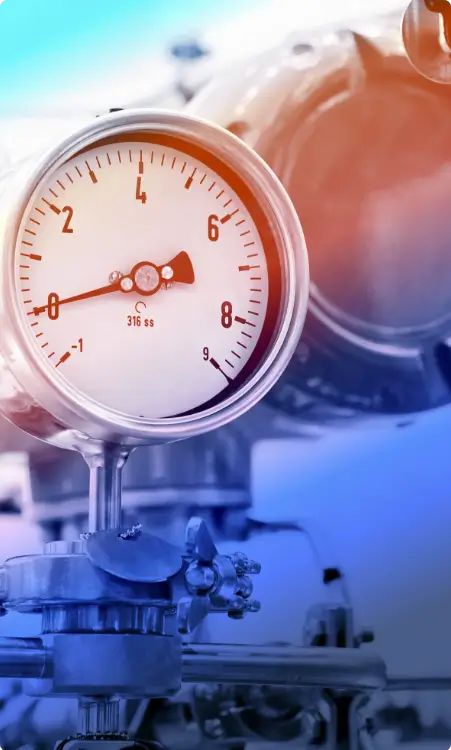
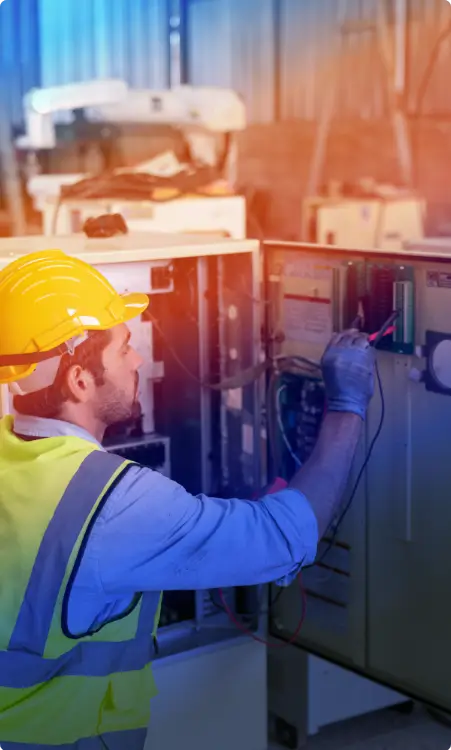
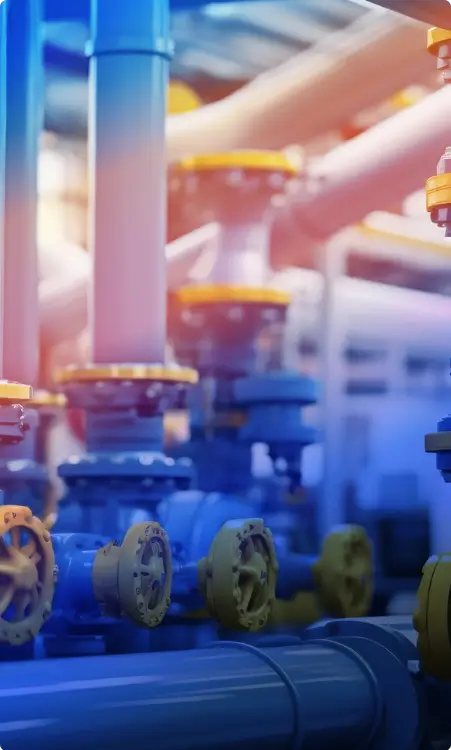
.jpg)
